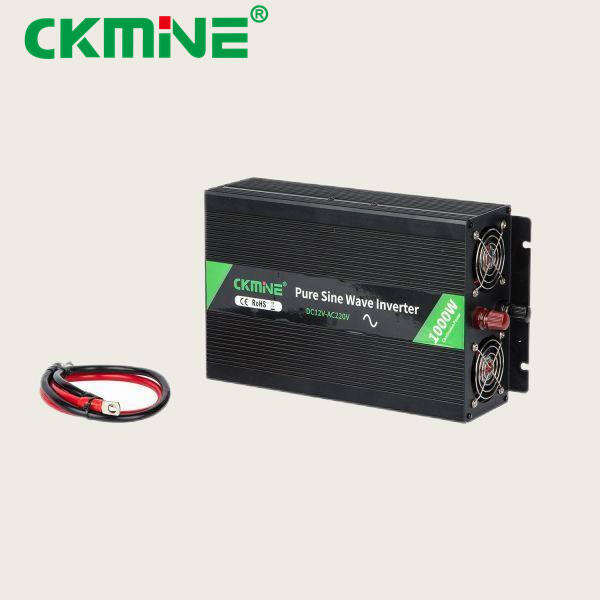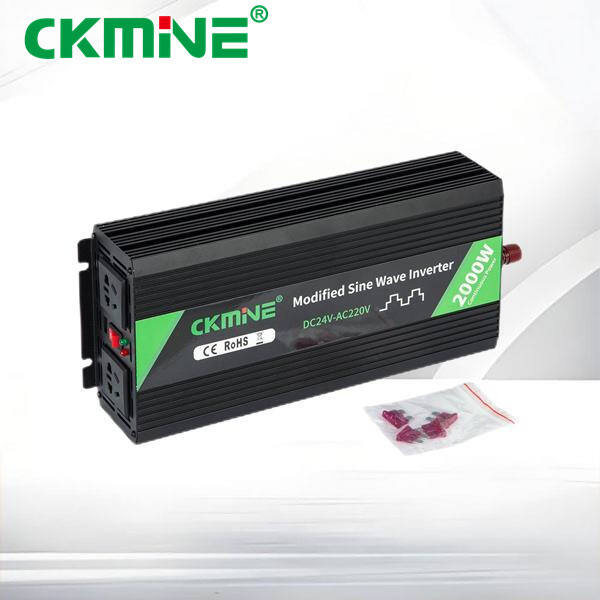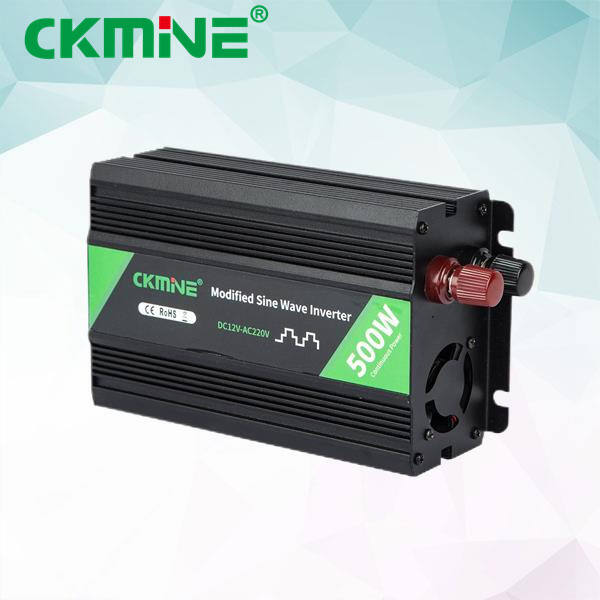If you are into camping or reside in a place with frequent power outages, then a sine wave inverter may be something that you may need. Sine wave inverters are tools that facilitate the conversion of direct current (DC) electricity to alternating current (AC) electricity which is what most of our household appliances work with.
Sine wave inverters are a must to power your electronics such as laptops, televisions, and refrigerators when there are no local conventional power sources available. They can also be used in cars, R.V.s and boats to power gadgets on the go. Types of Sine Wave Inverters Sine wave inverters vary in size, from units that are about the size of a cell phone to larger units that are about the size and weight of a brick.
How sine wave inverters work Sine wave inverters use the DC electricity from a battery or solar panel and convert it into ‘clean’ AC electricity that can be used to power most appliances. This steady, output power is critical for sensitive electronics to operate properly, without damage.

Modified sine wave inverters produce a choppier, less reliable wave form than the sine wave inverter. You can usually get a modified sine wave inverter for a lower price, but you might not be able to fully run some electronics, such as a laptop, microwave or devices like medical equipment that requires a high-acuity power.

The most significant advantage of a sine wave inverter is that the pure sine wave output can power electronic appliances without causing glitches. Electronics such as laptops, TVs, and smartphones are meant to run using the kind of smooth waveform typical of utility power, for which reason a pure sine wave inverter is the best option to make sure they run efficiently and safely.

If you are living off the grid, or in very remote areas where power draw from the grid is difficult, then you need to own a pure sine wave inverter. When outdoor, the inverter has 120-Volt of power to both charge your most important devices, using pure sine wave 120-Volt AC power and 5-Volt USB power.